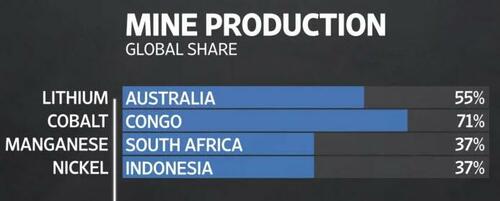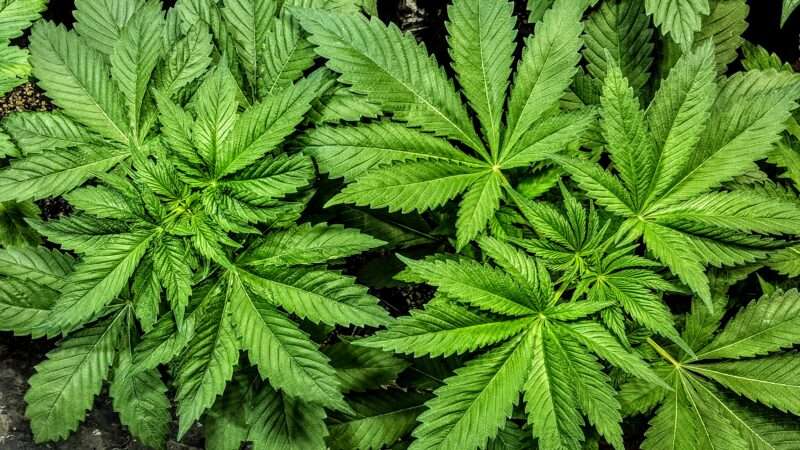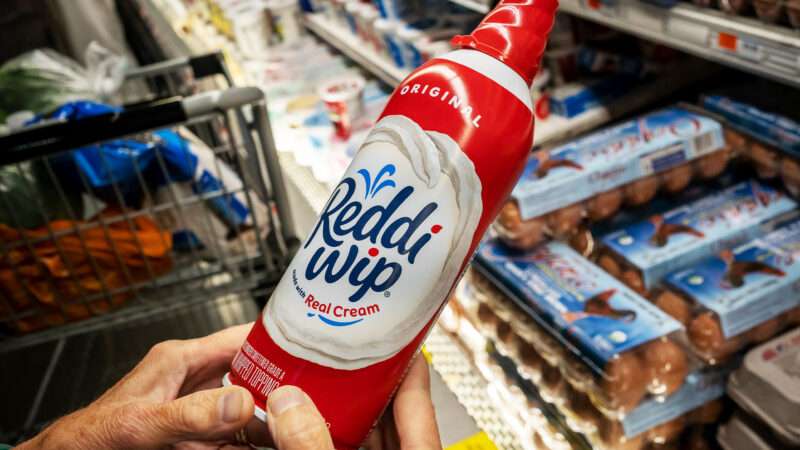Drug use fell sharply among teenagers last year while rising among young adults, according to a government-sponsored survey. The drop in adolescent drug use, which may be largely due to pandemic-related disruptions, was the biggest ever recorded in the 46 years since the Monitoring the Future (MTF) Study began surveying high school students. Meanwhile, marijuana and psychedelic use reached all-time highs among 19-to-30-year-olds, whom the survey has covered since 1988.
Those contrasting trends are striking in light of the assumption that teenagers tend to emulate young adults. They confirm that the ongoing collapse of marijuana prohibition, contrary to the warnings of legalization’s opponents, has not boosted underage cannabis consumption. Nor has recent interest in the benefits of psychedelics, which has been accompanied by moves toward decriminalization and legalization, had any discernible impact on adolescent use of such drugs.
Last week, the University of Michigan, where researchers conduct the annual MTF survey under contract with the National Institute on Drug Abuse, reported that “marijuana and hallucinogen use in the past year reported by young adults 19 to 30 years old increased significantly in 2021 compared to five and 10 years ago, reaching historic highs in this age group since 1988.” The prevalence of past-month marijuana use by young adults, which has been rising since 2010, was 28.5 percent in 2021, more than twice as high as the lows recorded in the early 1990s. The prevalence of past-year psychedelic use, which has been rising since 2012, was 8.1 percent in 2021, nearly three times the low reported in 1989.
The picture for teenagers looks quite different. The MTF survey includes students in eighth, 10th, and 12th grades. Among 12th-graders, who have been surveyed since 1976, the prevalence of past-month marijuana use peaked at 37.1 percent in 1978 and had fallen to 21.1 percent by 2020. Among 10th-graders, who have been surveyed since 1991, that rate peaked at 20.5 percent in 1997 and had fallen to 16.6 percent by 2020. Among eighth-graders, who likewise have been included since 1991, the rate peaked at 11.3 percent in 1996 and had fallen to 6.5 percent by 2020. Last year, the prevalence of past-month marijuana use fell to 19.5 percent among 12th-graders, 10.1 percent among 10th-graders, and 4.1 percent among eighth-graders. Those numbers were the lowest recorded since the early 1990s.
In all three grades, the prevalence of past-year psychedelic use peaked in 2001, when the rate was 3.4 percent among eighth-graders, 6.2 percent among 10th-graders, and 9.3 percent among 12th-graders. Last year, those rates fell to 4.1 percent, 2.2 percent, and 1 percent, respectively, the lowest ever recorded.
“The percentage of youth who had ever used any illicit drug other than marijuana decreased by more than 25% in 2021,” a University of Michigan press release noted in December. The drop was 27 percent among 12th-graders, 31 percent among 10th-graders, and 30 percent among eighth-graders. The one-year decline was three times larger than the previous record for 12th-graders, more than twice as large as the previous record for 10th-graders, and 50 percent larger than the previous record for eighth-graders.
Richard Miech, the principal MTF investigator, attributed those historic drops to the COVID-19 pandemic. “Among the many disruptions adolescents have experienced as a result of the pandemic are disruptions in their ability to get drugs, disruptions in their ability to use drugs outside of parental supervision, and disruptions in peer groups that encourage drug use,” he said in December. “As a result, this year, it appears that a sizable portion of adolescents have not used drugs who otherwise may have done so.”
Miech said it is not clear whether the 2021 declines will “stick with these cohorts as they age.” While “it is possible that this delayed onset of drug use will lower these adolescents’ levels of drug use for the rest of their lives,” he said, “it is also possible that these declines will be fleeting, and drug use may surge among these adolescents once they are free of the constraints imposed by the pandemic.”
Miech is probably right that school closures and other disruptions associated with the pandemic made it harder for teenagers to obtain drugs and evade parental supervision while reducing their exposure to peers who might encourage drug use. In all three grades, perceived availability of marijuana and LSD was substantially lower in 2021 than it was before the pandemic.
Yet young adults experienced similar disruptions, which did not stop them from consuming marijuana and psychedelics in record numbers. Perhaps that was because they already had a taste for these drugs, did not have to worry about evading parental supervision, and could more easily overcome pandemic-related limits on social interaction.
In any case, the pandemic does not explain why past-month psychedelic use rose slightly or remained about the same among teenagers in 2020, when more schools were closed than in 2021. Nor does it explain the long-term decline in adolescent marijuana use. Among 12th-graders, for example, past-month marijuana use has gone up and down during the last few decades, but it has never approached the levels recorded in the late 1970s and early ’80s. Since 2012, when Colorado and Washington became the first states to legalize recreational use, that rate has never risen above the level recorded that year.
That is not what prohibitionists predicted would happen as more and more states allowed medical or recreational use of marijuana. Those policies, they warned, would boost underage consumption by decreasing teenagers’ wariness of marijuana and making the drug easier to obtain through leakage from the adult market.
MTF survey results provide some evidence to support that first expectation. Since 2012, the percentage of 12th-graders who think cannabis consumption poses a “great risk” has declined substantially. So has the percentage who express disapproval of marijuana use. But those drops continued preexisting trends, and so far they have not translated into increased marijuana use by teenagers.
What about the fear that legalization would expand underage access to marijuana via older friends or relatives who buy it from state-licensed shops? It looks like that effect has not been extensive enough to outweigh the impact of displacing the black market, which makes it harder for teenagers to obtain marijuana directly, since licensed retailers check IDs to verify that buyers are 21 or older. Studies of states that have legalized marijuana for medical or recreational use generally have not found that such reforms are associated with increases in underage consumption.
The post Young Adults Used Pot and Psychedelics in Record Numbers Last Year, While Adolescent Drug Use Fell Sharply appeared first on Reason.com.
from Latest https://ift.tt/oX2Nv7V
via IFTTT





